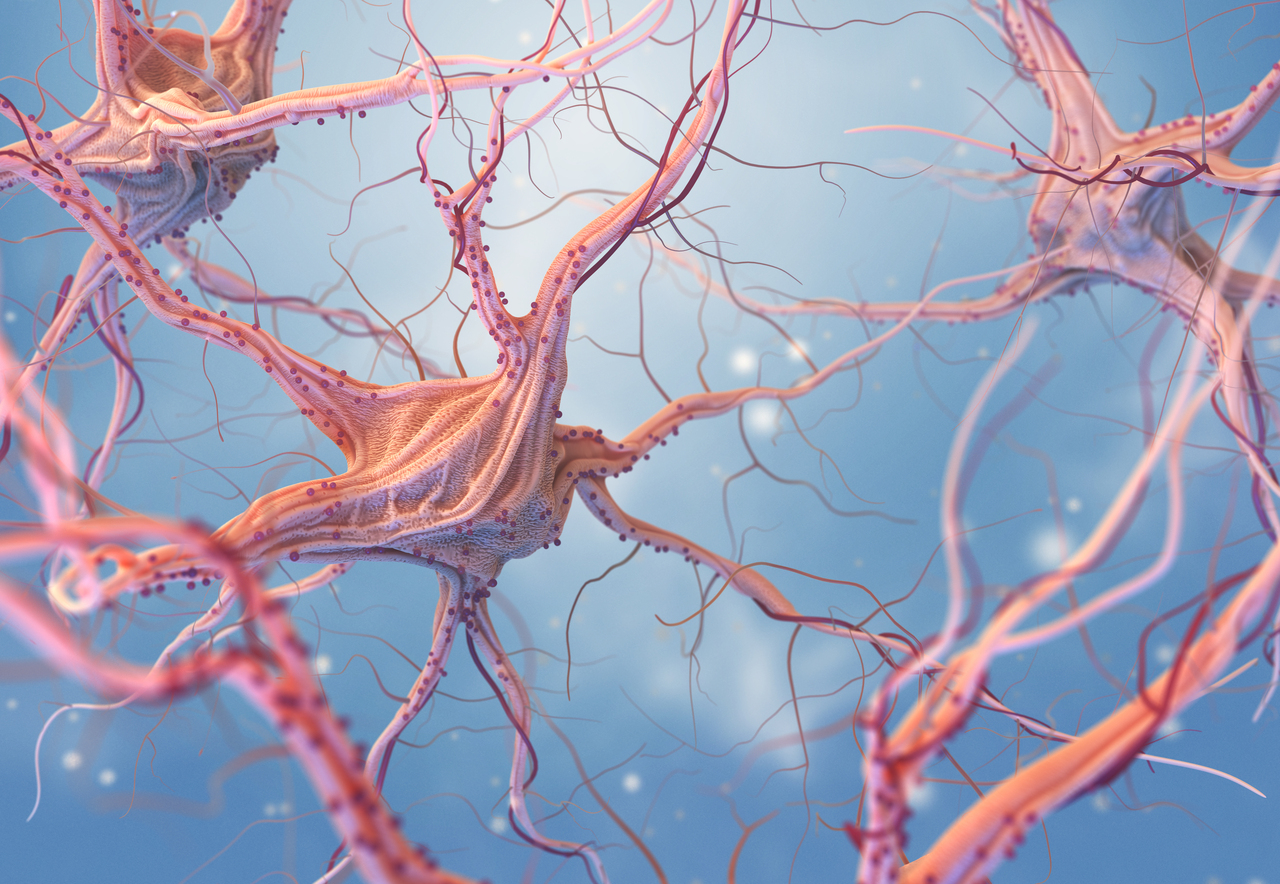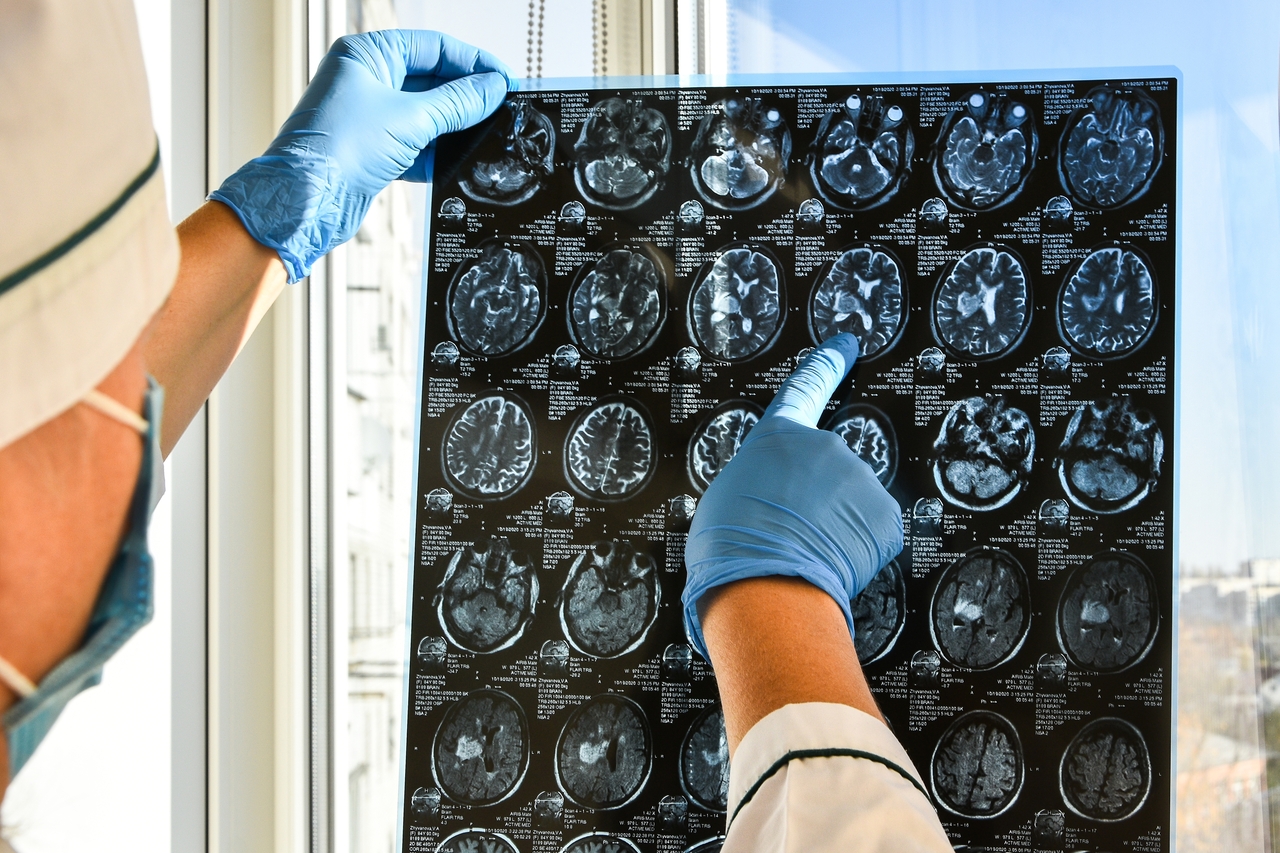Despite being one of the most widespread neurological disorders, with over 50 million people affected worldwide and 3.4 million in the United States alone, misconceptions and uncertainties about epilepsy persist. This condition can affect anyone, irrespective of age, gender, or ethnicity, highlighting the need for greater awareness and understanding. In this article, we will explore what epilepsy is and what its symptoms, causes and treatments are so that you know how to identify the early signs of this disease and what to do to manage the condition.
What Is Epilepsy
Epilepsy is a chronic brain disorder that alters the electrical functioning of the brain and causes repeated seizures. These seizures happen when the brain produces abnormal electrical signals—ones that are outside the orderly pattern of electrical impulses. Normally, the brain communicates with the rest of the body by sending messages through electrical impulses between cells. Epilepsy alters this communication between cells in one or more areas of the brain. During an episode, the person may experience changes in consciousness, muscle movement and control, behavior, and even sensations and emotions.
Epilepsy Symptoms
There are a wide variety of symptoms that vary greatly from person to person. The types of epilepsy are classified based on the location in the brain where seizures start and their physical effects on the body.
The most common symptoms are:
- Uncontrollable spasmodic movements of arms and legs
- Loss of consciousness or awareness
- Muscle stiffness
- Feelings of fear, confusion, anxiety, or deja vu
Seizures are divided into two groups, focal or generalized.
Focal Seizures
These seizures occur in a single area of the brain and may manifest while the person is awake and conscious, or with altered or loss of consciousness.
Conscious focal onset seizure:
- Seeing flashing lights
- Involuntary muscle movements
- Tingling sensation
- Dizziness
- Alteration of senses (changes in sound, taste, appearance, smell, or feel of things)
- Abrupt emotional change
Seizures with focal alteration of consciousness:
- Confusion
- Loss of consciousness
- Staring into a void
- Repetitive movements such as blinking or rubbing hands
- Sensation of being in a dream
Generalized Onset Seizures
These seizures affect cells on both sides of the brain at the same time and are divided into six categories.
Absence seizures:
These seizures are more common in children and are characterized by staring into space and subtle involuntary movements such as biting their lips or rubbing their fingers. They usually last between 5 and 10 seconds and may occur several times a day.
Tonic seizures:
They cause muscle stiffness in the arms, legs, or back, sometimes leading to falls. They can occur whether the person is conscious or has a small change of consciousness, and last about 20 seconds.
Atonic seizures:
They manifest with muscle weakness in one or more parts of the body, such as the eyelids or head, and last less than 15 seconds. The most affected part is usually the legs, which is why they are also known as drop seizures.
Clonic seizures:
These are characterized by repeated jerky muscle movements caused by rapid, rhythmic changes in muscle stiffness and relaxation. They usually affect the neck, face, and arms.
Tonic-clonic seizures:
This is the most well-known seizure and is defined by loss of consciousness, muscle stiffness, jerking movements, tremors, tongue biting, and loss of bladder control.
Myoclonic seizures:
This type of seizure produces brief jerking movements or spasms and usually does not last more than a few seconds.
What Causes Epilepsy
In half of all epilepsy cases, the cause is undetermined, despite considerable advancements in medical research. However, some of the causes that have been identified so far include:
Genetics:
Certain types of epilepsy, like juvenile myoclonic epilepsy and infantile absence epilepsy, have a genetic component. However, having specific genes does not necessarily cause epilepsy, as hereditary factors may combine with other factors to trigger the disease.
Head trauma:
Blows or traumatic injuries resulting from falls, traffic accidents, or any type of impact on the head can cause epilepsy.
Developmental disorders:
Certain developmental abnormalities are among the most frequent causes of epilepsy, especially in cases where anticonvulsant drugs do not work. Some congenital anomalies that have been linked to epilepsy are focal cortical dysplasia and tuberous sclerosis.
Infections:
There are certain infections that affect the brain and can trigger epilepsy, such as meningitis or some parasitic infections.
Brain abnormalities:
Tumors, vascular malformations, or stroke are the main causes of epilepsy in adults over 35 years of age.
Epilepsy Treatment
Depending on the type of epilepsy you have and the results of the different tests you undergo, doctors will design a special treatment plan. Generally, treatment begins with anticonvulsant medications.
Anticonvulsant Medications
These can control about 70% of epilepsy cases. In the United States, there are more than 20 medications approved to treat epilepsy. Your doctor will look at your medical history and your individual case to determine which medication is best for you. Some of the factors they will consider are your age, the type of seizures, and whether you take other medications that may interact with anti-seizure medications. Typically, you will be prescribed a low dose and then it will be gradually increased to the ideal dose to prevent seizures.
Surgery
When anti-seizure medications do not work and the seizures are debilitating and severely affect your quality of life, doctors may suggest the option of treating epilepsy with a surgical procedure such as a surgical resection (removal of abnormal tissue) or stereotactic radiosurgery (radiation therapy used to treat tumors, vascular malformations, and other abnormalities in the brain).
However, these options will only be considered if the seizures originate in a small, well-defined area of your brain and if this area does not interfere with vital functions.
Diet Therapy
The ketogenic diet and the modified Atkins diet have been shown to be effective in the control of epilepsy, particularly in children who have not responded to medication and cannot undergo surgery. These diets are high in fat and protein and low in carbohydrates, making it challenging to ensure adequate nutrition. This is why dietary changes should be supervised by physicians.
Epilepsy is a neurological condition that can significantly affect a person’s quality of life, with consequences ranging from difficulties in learning for children to challenges in daily activities for adults. While medical advancements have been made, there is still a lot that needs to be understood about this disorder.
At DFW Family Clinic, we understand the challenges that come with managing chronic diseases, and we are here to help you overcome them. Schedule your appointment today to receive personalized care and support tailored to your needs.










